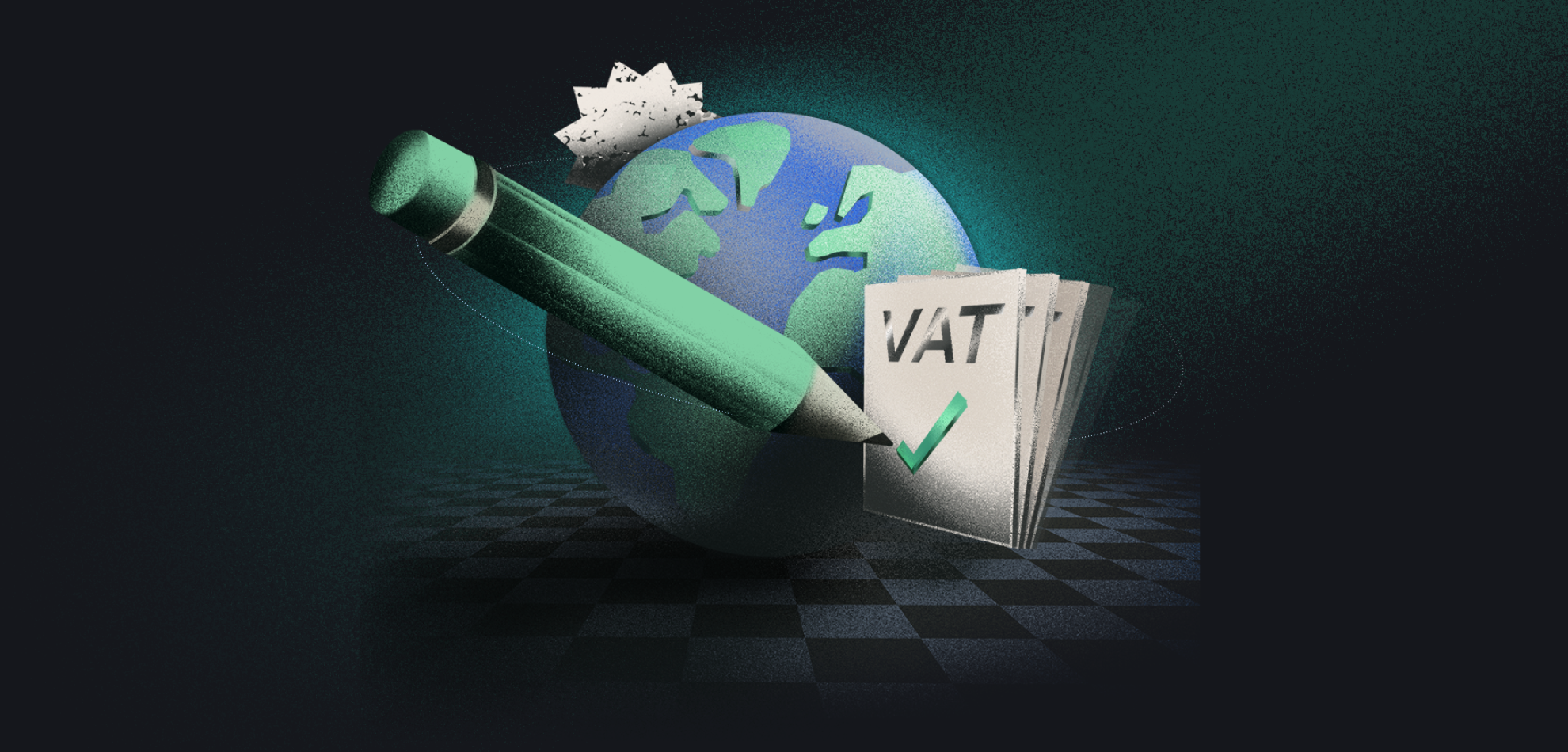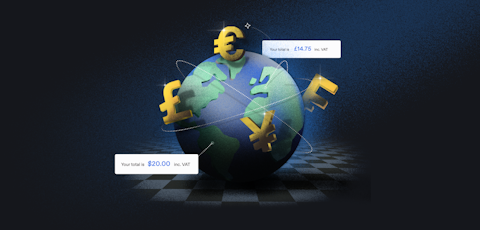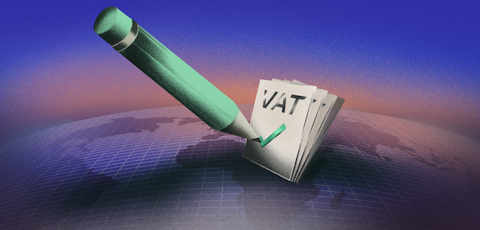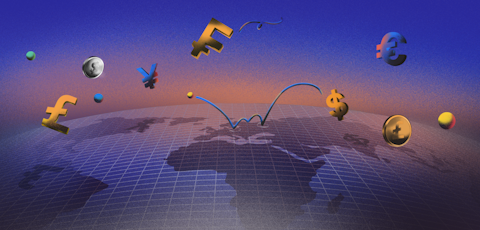Navigating global sales tax liability, straight from the experts

It’s no secret that global sales tax has finance teams wanting to either repeatedly bang their heads on their desk, or bury their heads in the sand and pretend it’s not applicable to them. Either way is less than ideal, we’d say - one significantly more than the other (please, get out that sand - right now).
We recently sat down with Ben Murray, the founder of SaaSCFO.com , and Hugo Grimston, our CFO at Paddle, discussing the navigation of sales tax liability in the SaaS industry. This included the topic of how those companies who are pretending it’s ‘not there’, or simply just getting their tax localization all wrong, can face some serious problems.
Showing zero qualms when it comes to talking about the difficulties of managing sales tax when selling across borders and internationally, we all got some great - and personal - insight. Ben and Hugo’s open conversation covered their own experiences of the pains of sales tax and how other businesses can best manage it, with some sales tax forecasting thrown in there too.
All of that in one swift 30 minute fireside chat - would you believe it?
If you did miss it, you can catch it right here (and check out the rest of our YouTube page , along with our other webinars and videos while you’re there too).
Here it is:
If you want to save the video until later, here’s a quick run-through of what Ben and Hugo discussed in this quick 30 minute webinar Fireside Chat, hosted by Dani Mansfield.
From CFO to CFO: Navigating sales tax liability
The past six years have seen a lot of change within the tax industry, with the regulators of the world really having to play catch up when it comes to ways of doing online business as a whole. SaaS continues to (quickly) carve out new ways for customers to easily access online products and services from wherever in the world they may be.
“The great thing about SaaS is that you can go global from day one”
It’s been impressive to see how software has redefined the rules and regulations of online sales tax internationally over such a short period of time, but with such potential to grow and expand across the globe comes a lot of responsibility for those software businesses.
As Hugo suggests, SaaS businesses do have the ability to go global from the get-go, but what does that require from a finance perspective? Well, quite simply: a lot of information and a lot of sales tax management.
Keeping up with all the separate tax jurisdictions across the world is no mean feat, with the US alone already having over 11,000 jurisdictions over its various states, cities, and counties.
A time to “level the playing field”
Software is a huge market and a big source of revenue. In a bid to “level the playing field” in the world of product tax, different locations have introduced tax regulations for these software products.
Starting with the EU and its VAT MOSS scheme, other countries, states and cities were kicked into action, creating their own tax schemes. Ultimately, this has made a huge rulebook for companies that sell internationally to know inside-out, with bad consequences if you get it wrong, ( bye bye $$$, hello prison ).
Sales tax in the US
After being asked what people need to know about selling into the US in particular, Ben explains that processes are constantly evolving and shifting, just like the technology itself.
Each state is different, and you have to consider more than just the state, but also county tax and local tax. Not to mention the fact that sales tax is applied differently when it comes to B2B and B2C businesses which is neatly explained by Ben in the webinar, too.
On top of that, it’s not just about what you’re delivering as a product, but also exactly where your customers are, and how you are delivering it to them. It’s no real wonder the US has racked up so many different jurisdictions, and gets as complex as it does.
If you want to get your head around this, go straight to 7 minutes in. Plus, you can find out just how painful US sales tax compliance can be right here.
And what about the rest of the world?
But it’s not just the US that we need to worry about. Whilst nowhere gets close to the complexity of the US, over 60 countries do charge tax on software - and that number is only going to get bigger. If you’re selling B2B internationally or across borders, it’s sensible to take a country-by-country view.
You will find that sales tax for your product is applicable in some cases, and some not - and you will also find the penalties and costs of getting it wrong are so high, that it’s not worth risking it.
You can take our word for it - we learnt that the hard way. Find out more about what happened with Paddle and UAE sales tax from 9:30 in the webinar, or head to the full blog about it below.
Spoiler alert: it involves a 300% VAT penalty.
Managing your sales tax compliance
Hugo and Ben also included a lot of top tips about how businesses should be managing their sales tax compliance, including the resource options available to SaaS companies of different sizes and with different audiences in mind.
Those options included:
- In-house financial team or tax expert
- Hybrid approach
- Dedicated agent
- Merchant of record or revenue delivery platform, ( oh, hello there )
- Country representative
For businesses selling into the US or into multiple jurisdictions, it’s recommended that you do opt for an outsourced or expert advisor service. This is for no other reason than the hard work, responsibilities, and penalties on the line when it comes to global tax.
Quite honestly, it’s a headache you’d prefer not to have. Our sales tax agony index will happily give you some more insight on the pains of sales tax around the world too.
What’s right for your business
If you want to hear about what sales tax management options are recommended for your type of business, listen out from 11:55 in the webinar where Hugo tells all.
Oh, and we also have a very useful sales tax guide that’s specifically made for SaaS businesses just like you. Check it out here .


